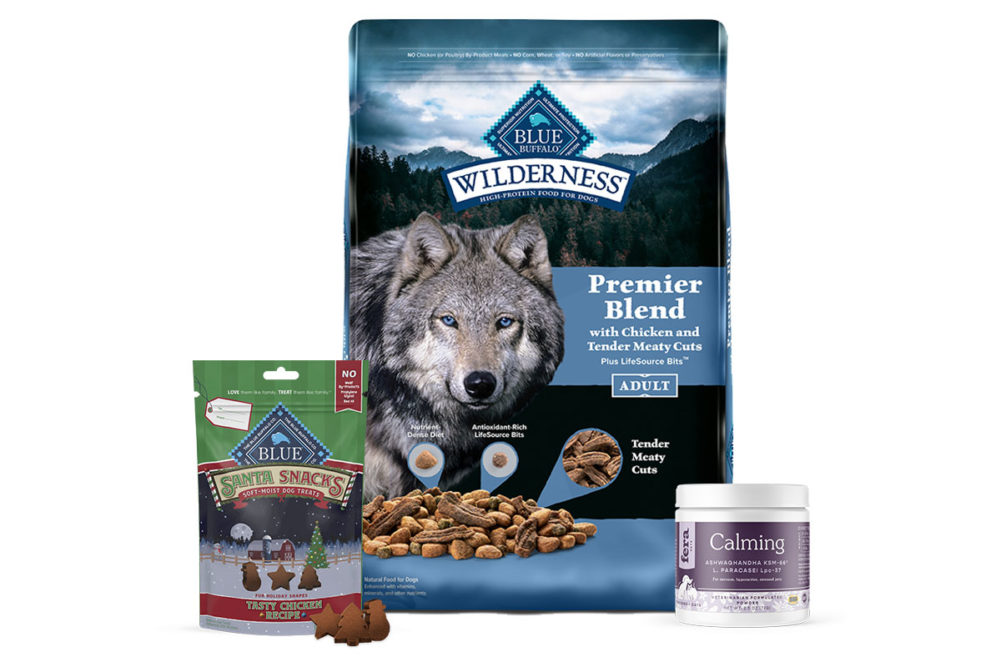MINNEAPOLIS — Consumer caution, retail inventory impacts and cost inflation have resulted in net sales declines for General Mills in the second quarter of fiscal 2024, but the company remains confident in its pet segment offerings with plans to continue innovating its portfolio and adding value on-shelf. On Dec. 20, the company reported its second-quarter and half-year earnings for the three- and six-month periods ended Nov. 26.
“We’re continuing to drive humanization in pet with launches like Tastefuls Purees, as well as expanding into the pet supplement space with our recent acquisition of Fera Pet Organics,” said Jeff Harmening, chairman and chief executive officer, in the company’s second-quarter earnings call on Dec. 20.
Pet segment sales for General Mills in the second quarter totaled $569 million, down 4% year-over-year. Contributing factors include lower volume offset by favorable price and mix. According to the company, the segment’s net sales performance “lagged all-channel retail sales results by roughly 2 points.”
Operating profit for the pet segment was up 18% to $102 million in the second quarter, driven by favorable price and mix, as well as what the company described as “holistic margin management” (HMM), and negatively impacted by decreased volume, elevated supply chain costs and increased SG&A expenses.
“As we said last quarter, we have more work to do to navigate through the current challenging category dynamic and return the business to consistent topline growth,” Harmening said.
“The US macro environment continues to be a headwind to premium pet food, as pet parents display greater mobility and value-seeking behaviors,” he added. “We’re also seeing a more meaningful shift in channel performance, with double-digit retail sales declines in the pet retail channel in Q2 only partially offset by low- to mid-single-digit growth in the Food, Drug, and Mass (FDM) and e-commerce channels. From a product portfolio standpoint, we’re seeing the most acute challenge on our Wilderness product line, given its super-premium positioning and greater exposure to the pet retail channel.”
Six-month sales for the pet segment fell 2% to $1.1 billion. Segment operating profit was $214 million, up 2%, largely due to the same factors impacting the company’s second-quarter segment operating profit.
Net sales for the company’s dry pet food portfolio were down in the mid-single digits year-over-year, while wet pet food sales saw a decline in the double-digits. Harmening noted the company will launch new value-pack offerings for its wet pet food portfolio in the third quarter, which is expected to bring the company closer in-store price points and deliver improved consumer value at retail.
“Pet parent mobility and value-seeking behaviors continue to create near-term topline headwinds, particularly for Wilderness and for our business in the Pet Retail channel,” said Kofi Bruce, chief financial officer.
Pet treats, on the other hand, saw year-over-year sales growth in the double-digits over the second quarter.
“In our treats business, we’ve introduced new seasonal items and added a smaller Nudges Treats offering that gets below the $10 dollar price threshold,” Harmening explained. “Since taking these actions, we have seen improvement in retail sales performance on our dog treats business.”
The company also shared it has approved a restructuring plan for its pet segment, through which it expects to incur roughly $22 million in expenses related to the project. The restructuring aims to “enhance the go-to-market commercial strategy and associated organizational structure” of its pet food and treat segment, according to the company. General Mills announced several leadership changes, including the appointment of Jonathon J. Nudi, formerly president of North America Retail, to president of the company’s Pet and International divisions, effective Jan. 1, 2024.
Overall, the company reported second-quarter sales of $5.1 billion, down 2% year-over-year due to lower volume. Organic net sales were also down 2%, compared to year-ago double-digit growth for the company. The company’s two-year compound organic net sales growth was 4%. Operating profit climbed 2% to $812 million, and net earnings were down 2% to $596 million.
Gross margin for the company improved 170 basis points to account for 34.4% of net sales in the second quarter, largely due to HMM cost savings and favorable price and mix, but offset by continued inflation for input costs, supply chain cost and deleveraging along its supply chain.
On a six-month basis, net sales and organic net sales for General Mills were up 1% to $10.0 billion year-over-year, and two-year compound organic net sales growth was 6%. Operating profit was down 8% to $1.7 billion for the first six months of fiscal 2024, and net earnings were down 11% to $1.3 billion.
General Mills’ gross margin over the six-month period was up 350 basis points to account for 35.2% of net sales, largely driven by the same factors that underpinned gross margin for the second quarter.
The company stated it expects input cost inflation to account for 5% of goods sold in fiscal 2024, primarily due to inflation for labor in its sourcing, manufacturing and logistics operations.
“While many factors have evolved in line with our expectations — including moderating levels of input cost inflation and price/mix, as well as a return toward historical price elasticities — we’re seeing consumers continue to display stronger-than-anticipated value-seeking behaviors across our key markets, and this dynamic is delaying volume recovery in our categories,” Harmening said.
Following its second-quarter performance, the company has updated its full-year fiscal 2024 guidance. General Mills is now expecting organic net sales fluctuations between a 1% decline and flat, compared to previous projections of 3% to 4% organic net sales growth. Adjusted operating profit expectations have also been softened, now between 4% and 5% growth, compared to earlier predictions of up to 6% growth.
“Pet segment organic net sales results are expected to slow sequentially in the second half of the year, primarily driven by a difficult comparison to double-digit growth a year ago, including a significant retailer inventory build in last year’s third quarter,” Bruce added.
General Mills cited several factors in adjusting its full-year guidance, including slower volume recovery and a cautious economic outlook for consumers.
“While we saw a slower-than-expected volume recovery in the second quarter amid a continued challenging consumer landscape, we generated bottom-line growth thanks primarily to strong HMM cost savings,” Harmening stated. “We’re adapting our plans to the evolving consumer environment and staying focused on driving long-term growth, with a priority on winning through innovation, brand building, and in-store execution. At the same time, we’re stepping up our HMM performance and further eliminating disruption-related costs in the supply chain.”
Read more about corporate strategy, financial performance, mergers and acquisitions on our Business page.




